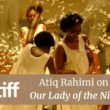Seventh Row’s editors discuss the best films they saw at TIFF19, from Portrait of a Lady on Fire to Anne at 13,000 ft. Read our coverage of the best acquisition titles at TIFF here.
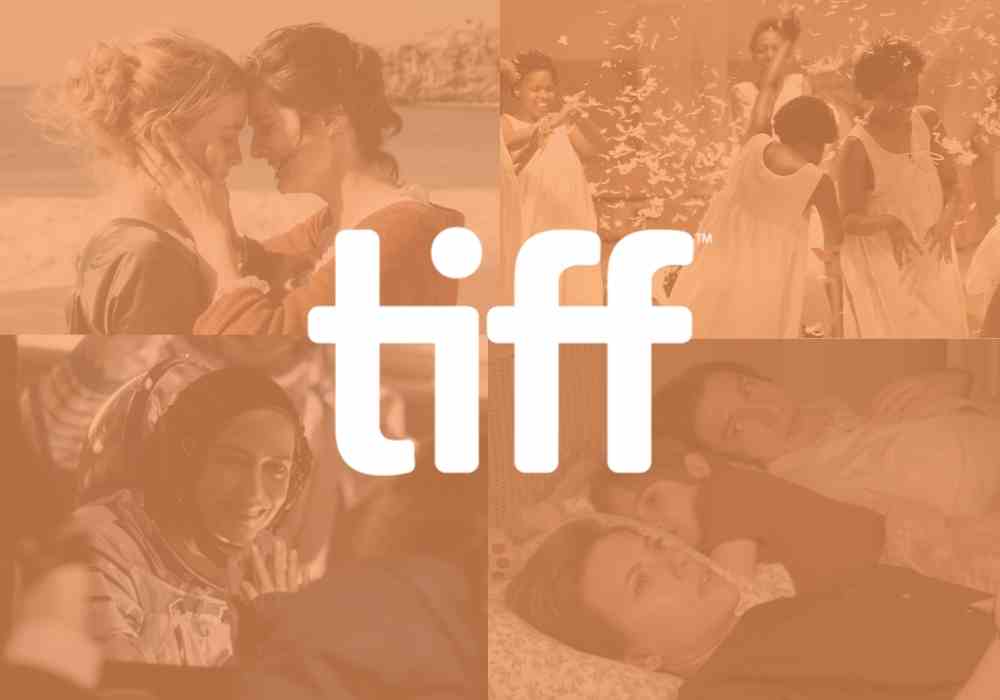
20. Something to Remember (dir. Niki Lindroth von Bahr)

Niki Lindroth von Bahr’s The Burden, an unforgettable Swedish short in which stop-motion animals sing (in autotune) about existential despair, is one of the best films of the decade. This little wonder (which you can, and absolutely must, watch on Vimeo, Hoopla, or the Criterion Channel) is both hilariously absurd and deeply moving. You’ll be so busy gawking and laughing at tap-dancing mice that it’ll come as a shock when your heart begins to ache for the office-worker monkeys who sing that their dreams and their lives are slipping away.
Von Bahr’s followup, the similarly themed Something to Remember, is a slighter but no less masterful work of animation. It clocks in at just five minutes, whereas The Burden was 15, and felt more epic in scale. Von Bahr seems to be crafting her own cinematic universe of depressed anthropomorphised animals, this time slugs, pigeons, and beetles. In a series of intimate vignettes, they sing a hymn into the void, wishing for something more than their mundane lives, an escape from the death that surrounds them (whether that’s due to a doctor’s diagnosis or an impending apocalypse), “something to remember”. Von Bahr’s use of song and anthropomorphisation make it easier, or more appealing, to explore the bleakest parts of the human psyche, even though she never sugar-coats how bleak they are. Hers are some of the most vital and original modern films about depression. – Orla Smith
Read our interview with von Bahr on The Burden here.
19. Anne at 13,000ft (dir. Kazik Radwanski)
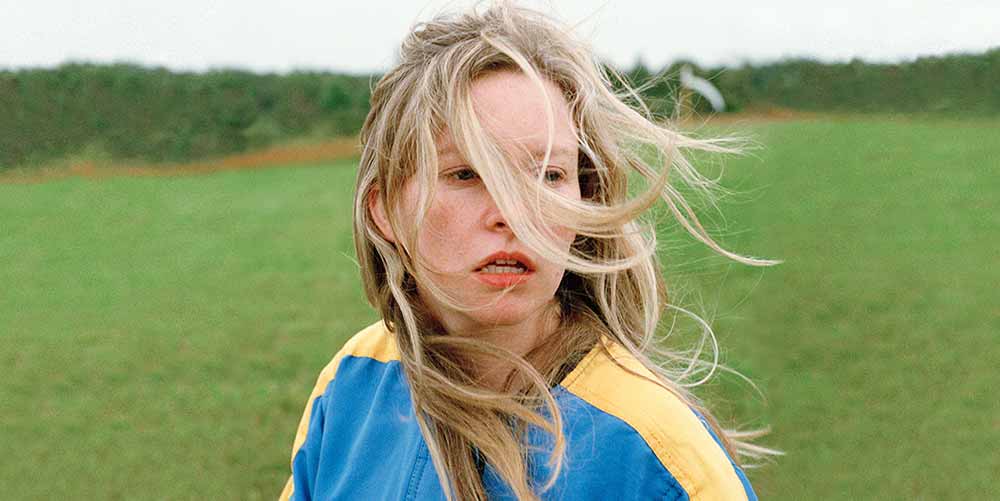
In Anne at 13,000 ft, Anne (Deragh Campbell) suffers from an unspecified mental illness (likely along the lines of bipolar disorder), and she’s reassimilating into everyday Toronto life after being institutionalised. Work, responsibilities, and socialising can be quite overwhelming for Anne. The choppiness of the cutting and the speed at which we whirl through the eponymous Anne’s life is fitting for such an unstable character… READ MORE – OS
Read our interview with Radwanski here.
18. The Body Remembers When the World Broke Open (dir. Elle-Máijá Tailfeathers, Kathleen Hepburn)
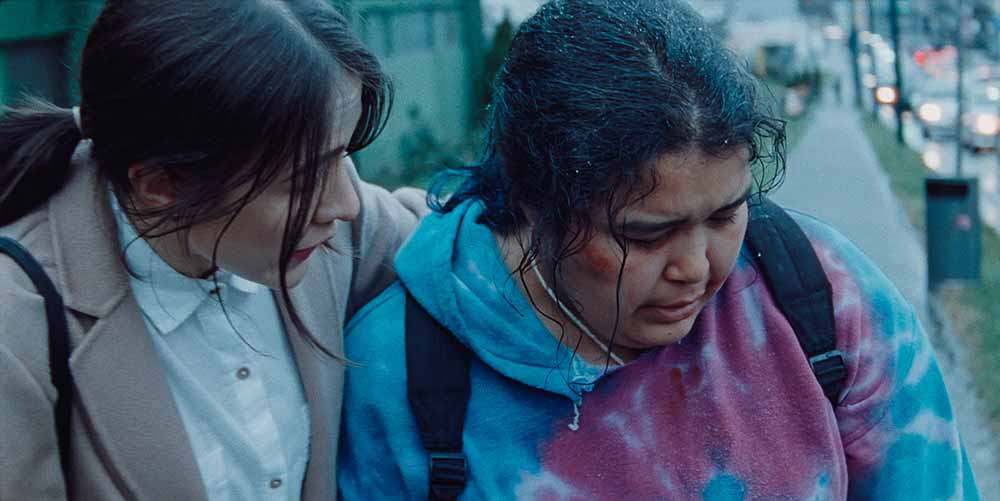
The Body Remembers follows, in nearly real time, the efforts of an Indigenous middle-class woman, Áila (Elle-Máijá Tailfeathers), to help a pregnant young women, Rosie (Violet Nelson), escape domestic abuse. However, while Áila initially comes to Rosie’s aid as an act of solidarity, she quickly learns that a variety of intersectional factors impede the women’s relationship. Despite both being Indigenous women, their interactions show two very different viewpoints and life experiences… READ MORE – Brett Pardy
Read our review of The Body Remembers When the World Broke Open here.
17. Murmur (dir. Heather Young)
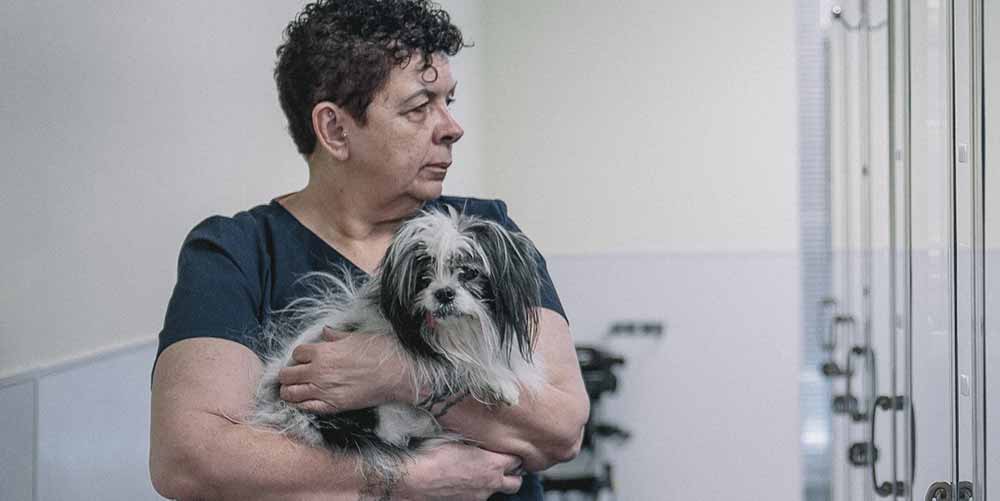
Halifax-based filmmaker Heather Young first came to our attention in 2017 with her remarkable short Milk, which was part observational animal documentary and part low-key drama: the story of a woman on a dairy farm, who spends her days milking and tending to cows, who discovers she herself is pregnant. The film was particularly sensitive to the relationship between humans, animals, and technology, as well as the sounds of animals and technology… READ MORE – Alex Heeney
Read our interview with Heather Young here.
16. Judy (dir. Rupert Goold)
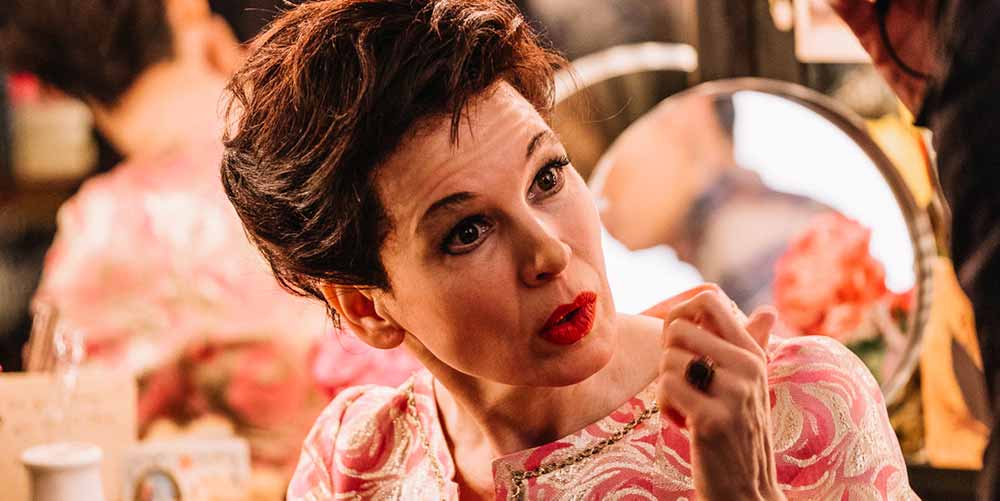
When Judy Garland (Renée Zellweger) has to leave her children behind in LA with their father, so she can make enough money in London to support them, she starts by playing a game. She tells her children she’ll move into the wardrobe in the father’s house, and climbs inside. Director Rupert Goold places us in the closet with Judy, taking a breath, making sure she can keep up the charade for her children, so they don’t see her break. Her children can be heard giggling outside. It’s a reminder that Judy was the consummate performer, whether on stage or as a mother. And it’s a great example of how Goold finds types of backstages and stages within the film to play with Judy’s relationship to performance… READ MORE – AH
Read our interview with Rupert Goold here.
15. Our Lady of the Nile (dir. Atiq Rahimi)
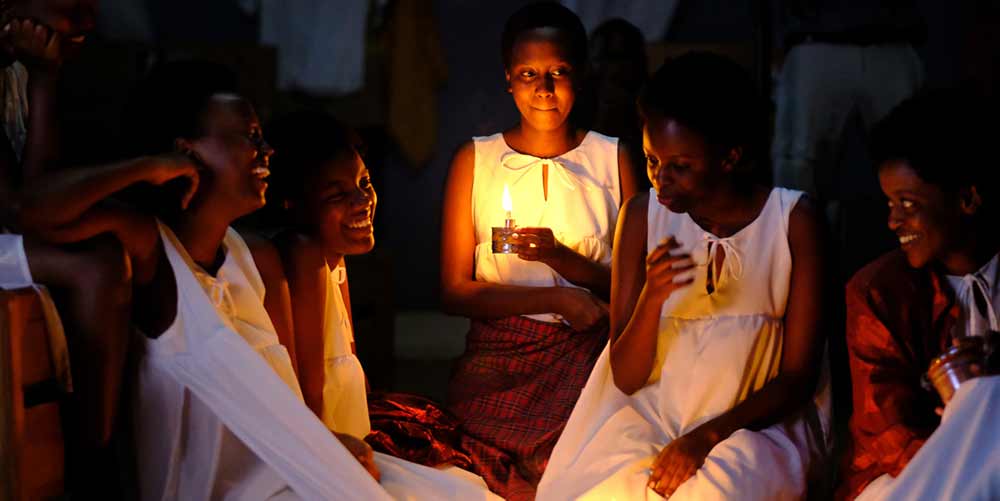
Title cards separate Atiq Rahimi’s Our Lady of the Nile into four parts: ‘Innocence’, ‘Sacred’, and ‘Sacrilege’. Set at an elite girls boarding school in 1970s Rwanda, the film begins by plugging us into an innocent utopia through startling gorgeous drone shots of the lush greenery surrounding the girls’ school. Rahimi uses gentle fades to transition between scenes and each vignette depicts the charming misadventures of these girls whom we slowly come to know and love… READ MORE – OS
Read our review of Our Lady of the Nile here.
Read our interview with Atiq Rahimi here.
14. Comets (dir. Tamar Shavguildze)
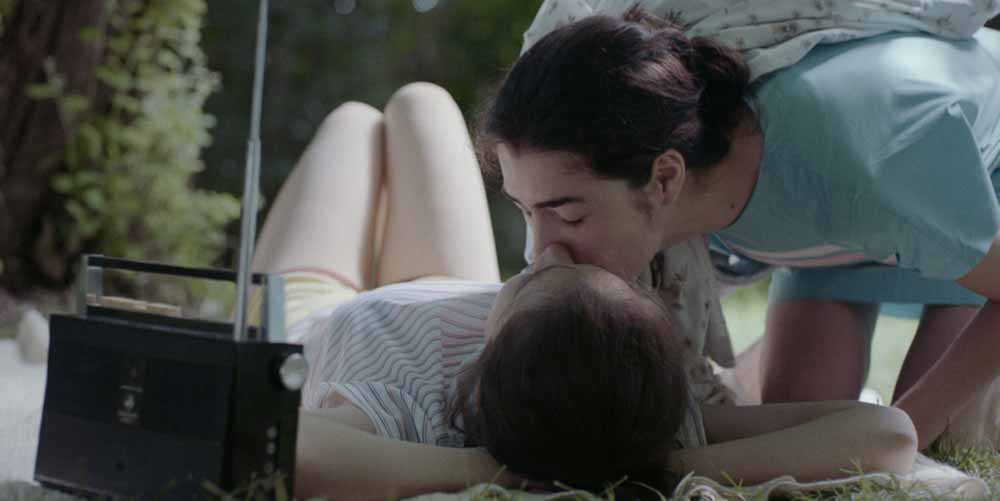
Tamar Shavgulidze’s quiet, lovely Comets is a film about memory, missed opportunities, and lost loves. At just 71-minutes, it’s short and sweet, but packs an emotional punch thanks to strong performances from Nino Kasradze and Ketevan Gegeshidze as teenage sweethearts Irina and Nana, meeting for the first time in nearly 30 years. The pair talk around their past affair, gesturing at paths untaken, and immediately rekindle the intensity of their earlier relationship: the women sit forward in their chairs, mesmerized by each other… READ MORE – AH
Read our review of Comets here.
13. Kuessipan (dir. Myriam Verreault)

Myriam Verreault’s Kuessipan is one of the most captivating character dramas at the festival. Mikuan (a stunning lead performance from Sharon Ishpatao Fontaine) is such a compelling character because there’s so much to her: witty, stubborn, loyal, sharply intelligent yet still a naïve and idealistic sixteen-year-old. The film’s heart is in Mikuan’s relationship with her best friend, Shaniss (Yamie Grégoire). The two of them grew up together in a Quebec Innu reserve; from a young age, they swore to always stick together. Mikuan’s desire to leave the reserve to study in the city, her burgeoning relationship with a white boy, and the stress Shaniss is under as a new mother in an abusive relationship, test the two girls’ bond more than ever before… READ MORE – OS
Read our review of Kuessipan here.
Read our interview with the filmmakers behind Kuessipan here.
12. Rebel (dir. Pier-Philippe Chevigny)
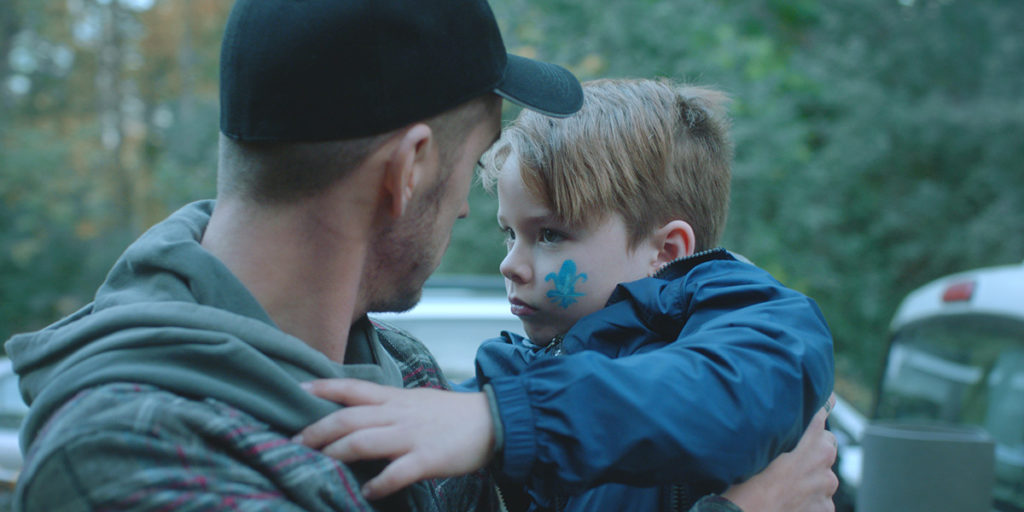
Filmmakers often choose to filter subject matter through the eyes of a child: recently, Carla Simón’s Summer 1993 was about a six-year-old’s grief, and Xavier Legrand’s Custody told the story of a couple’s divorce through their young son’s perspective. It’s fascinating to explore how a morally pure child perceives issues of adult prejudice, arrogance, or tragedy — especially in Pier-Philippe Chevigny’s short film Rebel, which targets immigration in Canada through the eyes of a neo-Nazi’s very young son… READ MORE – OS
Read our wrapup of TIFF19’s best Canadian shorts here.
11. Corpus Christi (dir. Jan Komasa)

Everyone’s a hypocrite in Jan Komasa’s Corpus Christi, and the Catholic church is the worst culprit of all. Built on practices of forgiveness, priests tend to, instead, reinforce people’s worst, most judgmental instincts. Enter Daniel (the charming and haunted Bartosz Bielenia), an ex-convict cloth-hopeful who will never be accepted to seminary school because of his record. The film opens with him casually helping his inmates enact violence on another, before acting as an altar boy, getting released from prison with a promise not to do drugs — only to do just that and more on his release… READ MORE – AH
Read our review of Corpus Christi here.
10. Clemency (dir. Chinonye Chuwku)
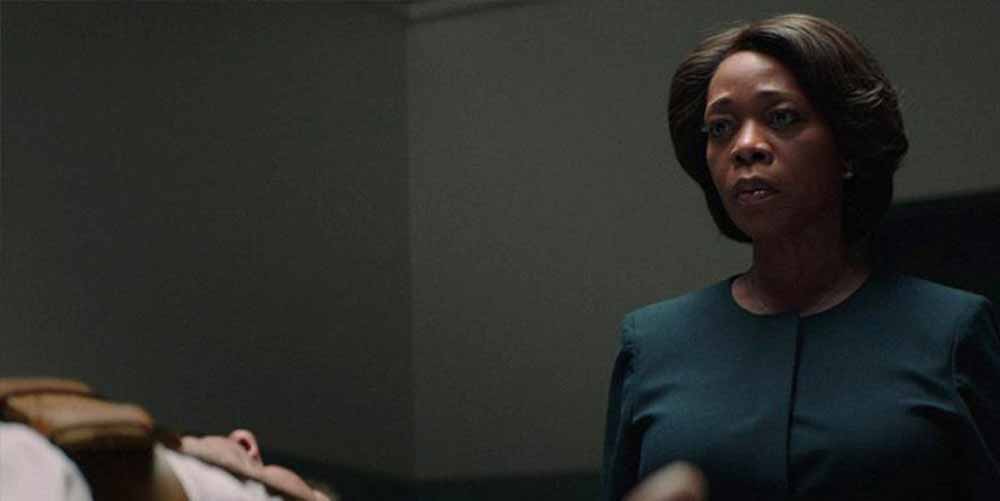
Chinonye Chukwu’s Clemency, a harrowing death-row drama, won the Sundance Grand Jury Prize. At my TIFF press screening, there were several walkouts — not for lack of quality, I’d guess, but because of how brutally hard it is to watch. The film begins with Alfre Woodard’s Bernadine Williams, a death-row prison warden, on the day of her eleventh execution. In uncomfortable detail, Chukwu presents the process of a modern day execution: the torturous waiting, the bureaucracy, strapping the prisoner down, finding a working vein, and everything that can go wrong in the process… READ MORE – OS
Read our review of Clemency here.
9. Ema (dir. Pablo Larraín)
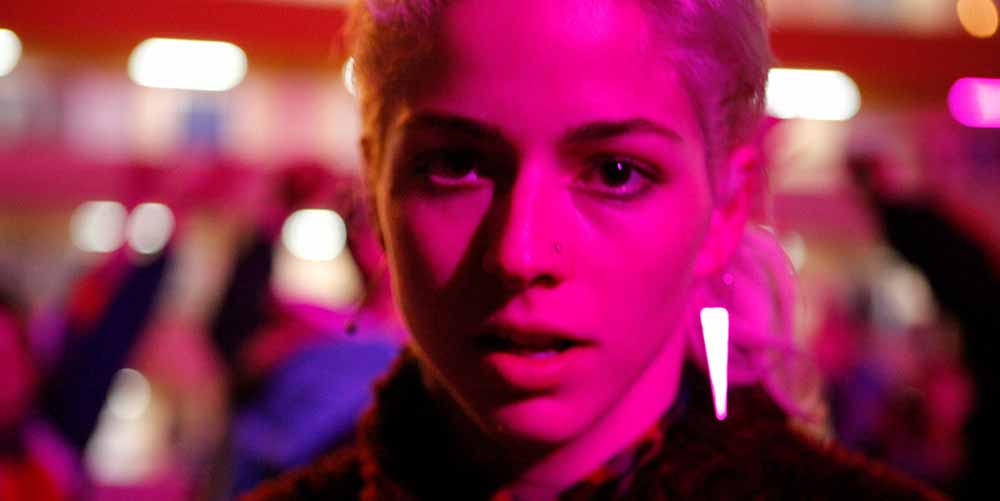
Pablo Larraín’s Ema is a bizarre, colourful, pulsing, bonkers, and utterly invigorating cinematic experience. Part melodrama, part dance film, it defies categorization and even explanation: like dance itself, it has to be experienced to be understood. The film mixes the high emotions of Jackie with the looseness of The Club, and occasionally, the wry humour of Neruda. Ema deliberately embraces a kind of freedom in the way the film was written, made, and told, playing with both structure and your head… READ MORE – AH
Read our interview with the filmmakers behind Ema here.
8. No Crying at the Dinner Table (dir. Carol Nguyen)
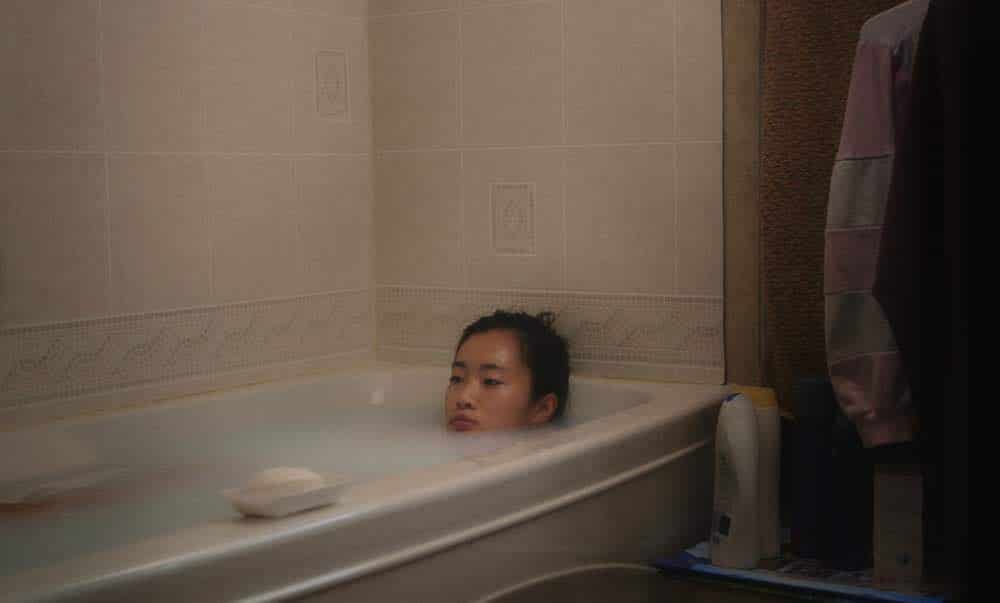
No Crying at the Dinner Table, from Canadian filmmaker Carol Nguyen, is not just one of the best Canadian shorts at TIFF19, but one of the very best films I’ve seen at the festival. In the film, Nguyen separately interviews her sister and her parents — both Vietnamese immigrants — about family secrets and traumas: her mother discusses the lack of physical intimacy she shared with her own mother; her sister shares how, growing up, she felt closer to her grandparents than parents; and her father tells a traumatic story from his past in Vietnam. This sharing of stories proves cathartic, and there’s a visible difference in the physical intimacy between the family members by the end of the film… READ MORE – AH
Read our interview with Nguyen here.
Read our roundup of TIFF19’s best Canadian shorts here.
7. The Perfect Candidate (dir. Haifaa Al-Mansour)
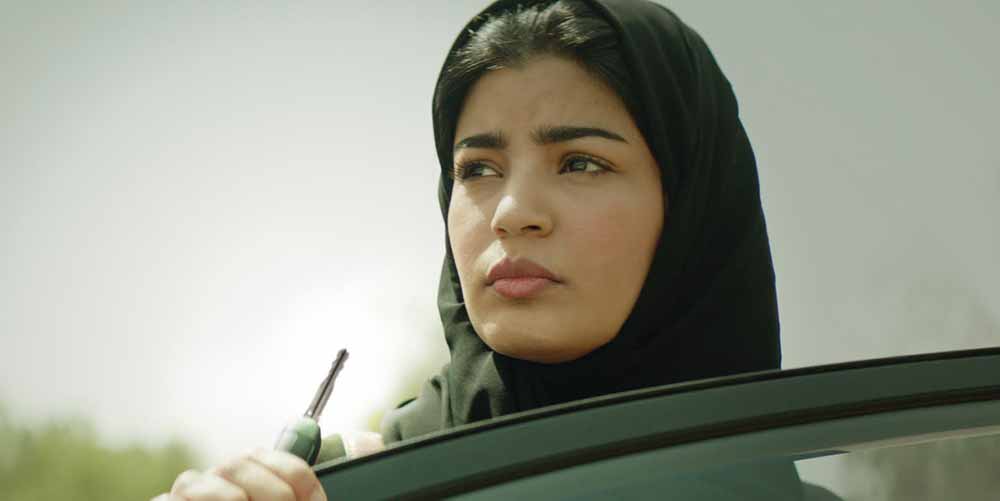
“I needed to go home,” Al-Mansour told me about returning to Saudi Arabia for her fourth feature. “I wanted to tell stories about people that I know inside out.” The Perfect Candidate sees the filmmaker in her element, working with non-professional actors, and telling a story rooted in home. It’s a highly political film: small-town doctor Maryam (Mila Al Zahrani) almost accidentally applies to run for local office. It’s extremely rare to see a women in politics in Saudi, so Maryam initially has drawbacks. She goes ahead only because winning would mean she can fix the road in front of the hospital, which is currently so damaged that ambulances aren’t able to reach the entrance. Through the process of her campaign, Maryam finds there’s more and more she’d like to change about the way her community is run, and she becomes excited at the idea of gaining power and having her voice heard… READ MORE – OS
Read our interview with Al-Mansour here.
6. Hope (dir. Maria Sodahl)
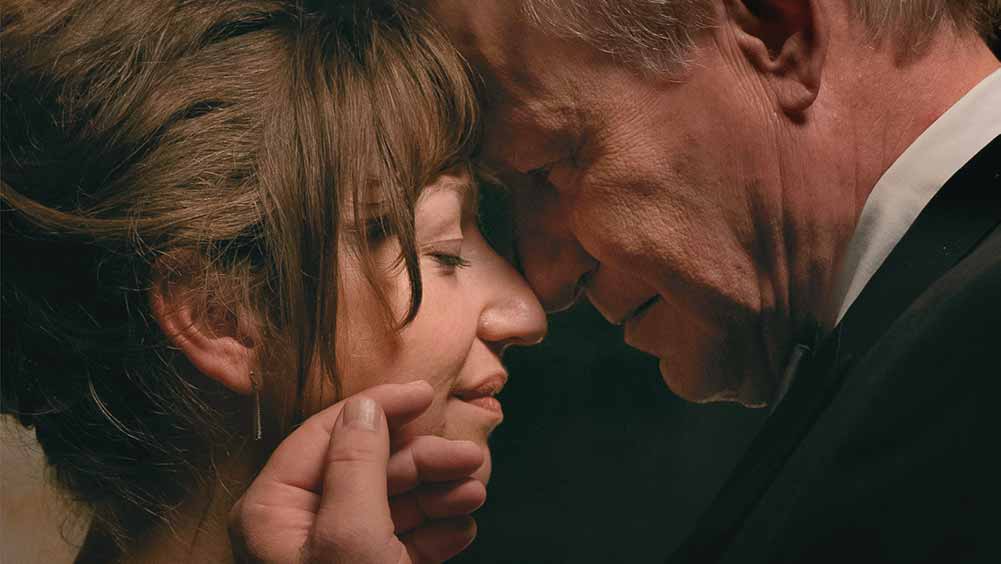
Early in Hope, Anja (Andrea Bræin Hovig) and her husband, Tomas (Stellen Skarsgård), sit side-by-side in a two-shot, in a doctor’s office, as they receive news that Anja’s lung cancer has spread to her brain, and is likely no longer treatable. They react completely independently, as if they’re not even in the same room: Tomas cries quietly to himself while Anja appears in shock, remaining calm if angry, trying to sort out the logistics. It’s the first sign that their marriage is on rocky ground as this wrench in the works unleashes years of Anja’s pent-up anger… READ MORE – AH
Read our review of Hope here.
Read our interview with the filmmakers behind Hope here.
5. Pain and Glory (dir. Pedro Almodóvar)
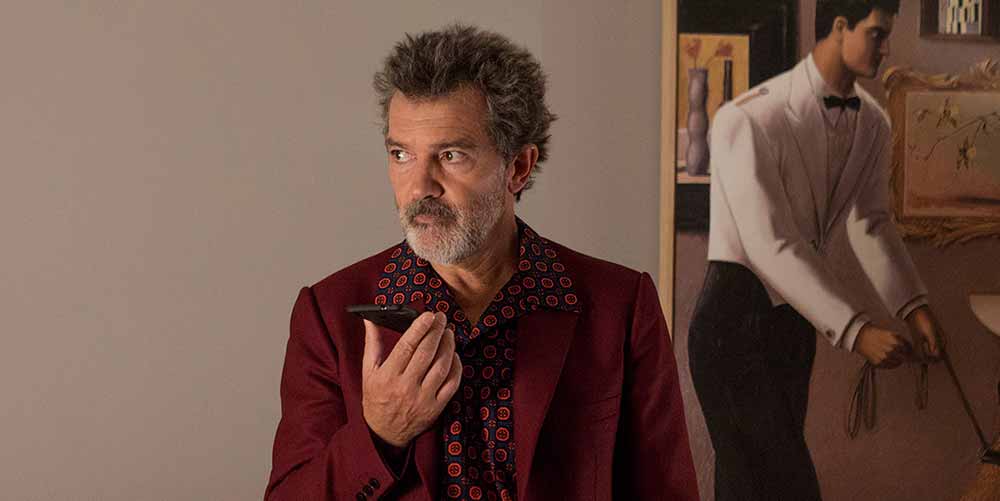
The cinema of Almodóvar has always been a melange of influences, from Fassbinder and telenovelas to Doris Day musicals. The director has kept hold of his post-Franco punk spirit, even into his development into a mature director renowned on the world stage. With Pain and Glory, which won raves at Cannes and a Best Actor trophy for Antonio Banderas, the titan of Spanish cinema has delivered a rosetta stone for those influences, and questions what turns that inspiration into the impulse to create… – Ben Flanagan
Our full review of Pain & Glory is coming soon.
4. Marriage Story (dir. Noah Baumbach)
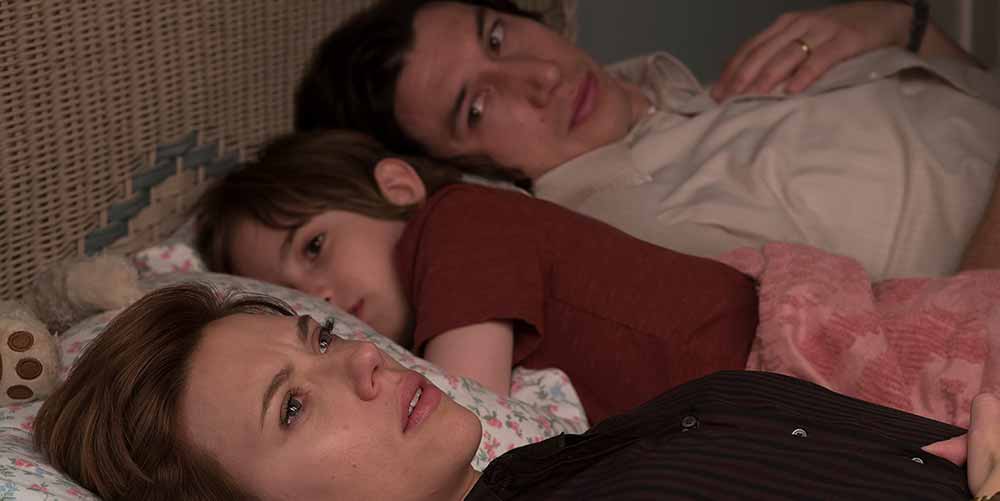
With a title like Marriage Story, which implies universality, it’s notable how specific Noah Baumbach’s film is. Transparently inspired by Baumbach’s own divorce from actress Jennifer Jason Leigh, the characters in the film are also a director and his actress muse who have a son together, just like Baumbach and Jason Leigh. The characters in the film are angry and bitter, but Marriage Story, is not bitter but confessional — apologetic, even. He reflects even-handedly on where both sides went wrong, pulling no punches when it comes to deriding himself. What results is a gruelling but ultimately optimistic film about the horrors of divorce and how hard it is to learn, grow, and move on… READ MORE – OS
Read our review of Marriage Story here.
3. Noura’s Dream (dir. Hinde Boujemaa)
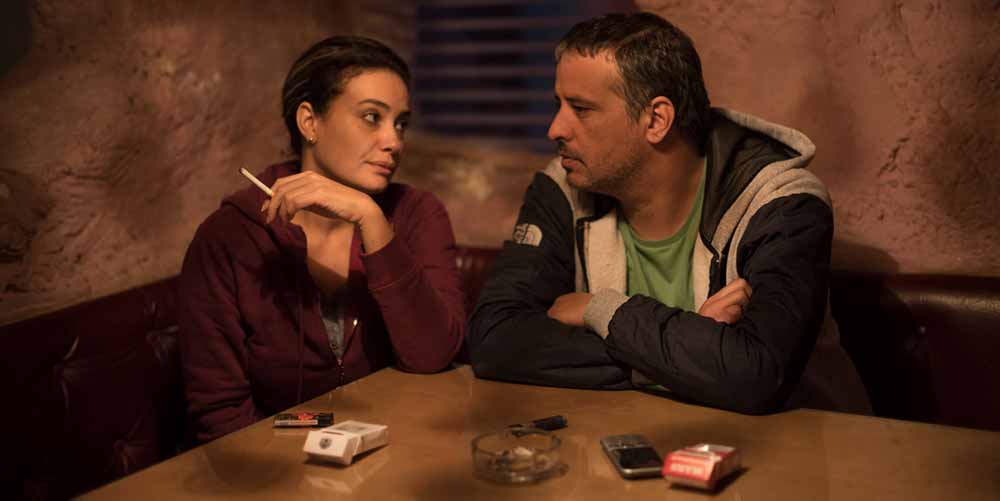
Every year, there is at least one TIFF Discovery title that is so good and so masterful, it’s hard to believe it’s a first feature. Hinde Boujemaa’s engrossing film, Noura’s Dream, is just that — on the level of past Discovery titles like Hope Dickson Leach’s The Levelling and Joachim Trier’s Reprise. The film tells the story of Noura (a terrific Hind Sabri), a mother of three caught between two crummy romantic partners: her abusive husband, unexpectedly home from prison, whom she wants to divorce, and Lassaad, her lover. To make matters worse, if Noura’s adultery with Lassaad is discovered, they could both be sentenced to five years in prison… READ MORE – AH
Read our review of Noura’s Dream here.
Read our interview with the filmmakers behind Noura’s Dream here.
2. Proxima (dir. Alice Winocour)
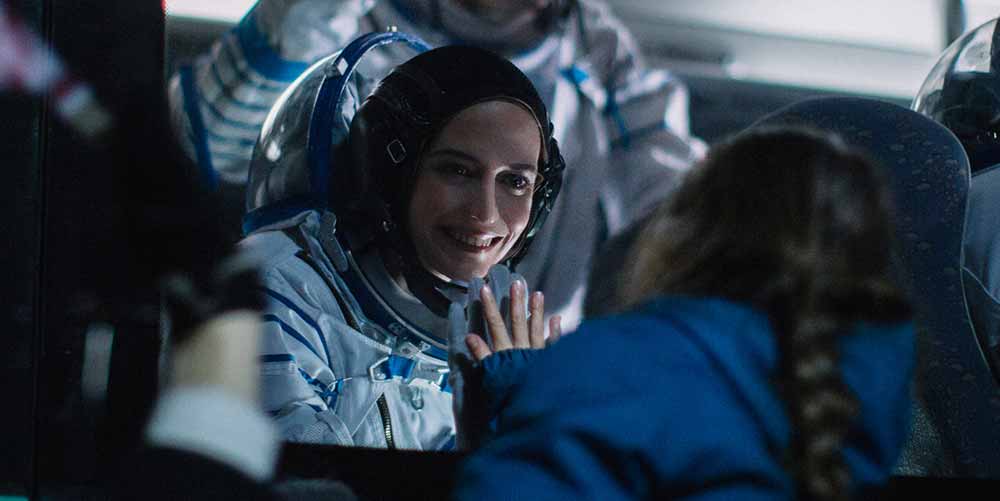
“The idea of the separation from Earth resonate[s] with the idea of the separation from the little girl,” Alice Winocour told me, regarding her outstanding new film, Proxima. Eva Green plays Sarah, an astronaut in training who is chosen to take part in a space mission, something all astronauts dream of but many never get to do. When she tells her ex-husband (Lars Eidinger), who is also a colleague, all she has to do is beam at him, and he knows what’s happened. Nothing else could make Sarah this happy… READ MORE – OS
Read our interview with Winocour here.
1. Portrait of a Lady on Fire (dir. Céline Sciamma)
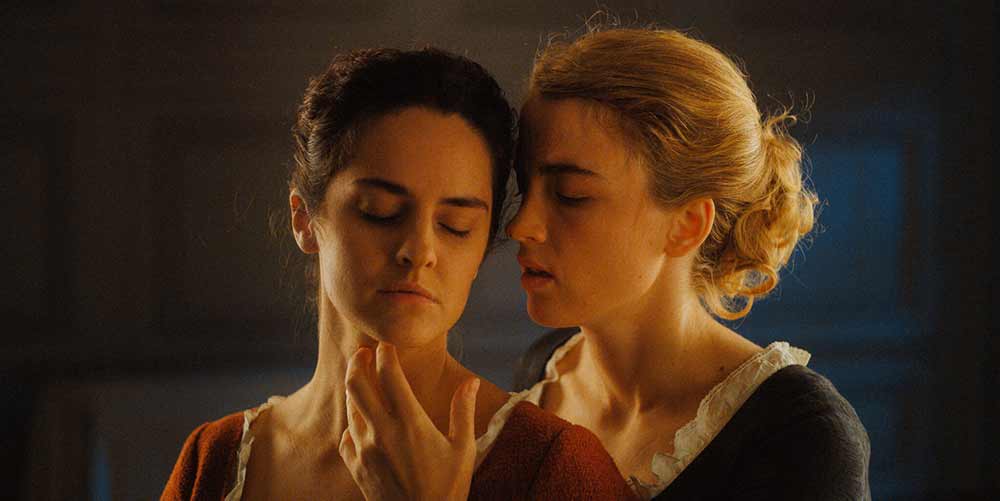
Céline Sciamma’s gorgeous, heart-wrenching Portrait of a Lady on Fire screened on the first day of TIFF, and it became the gold standard by which I evaluated all other films. The winner of the Cannes Best Screenplay prize, Portrait is a masterclass in structure. When I interviewed Sciamma about Girlhood, she talked about wanting to create the “desire to see a face” or “the appetite for [a] face.” Sciamma pushes this to the extreme in Portrait, creating immense suspense in our desire to see Héloīse (Adèle Haenel), the noble woman that Marianne (Noémie Merlant) has been commissioned to paint. We track Marianne on a long journey to Héloīse’s home, and then hear about Héloīse from everyone she knows. Even the first time she appears on screen, we follow her from behind, on tenterhooks for her to turn around and show us her face… READ MORE – AH
Read our review of Portrait of a Lady on Fire here.
